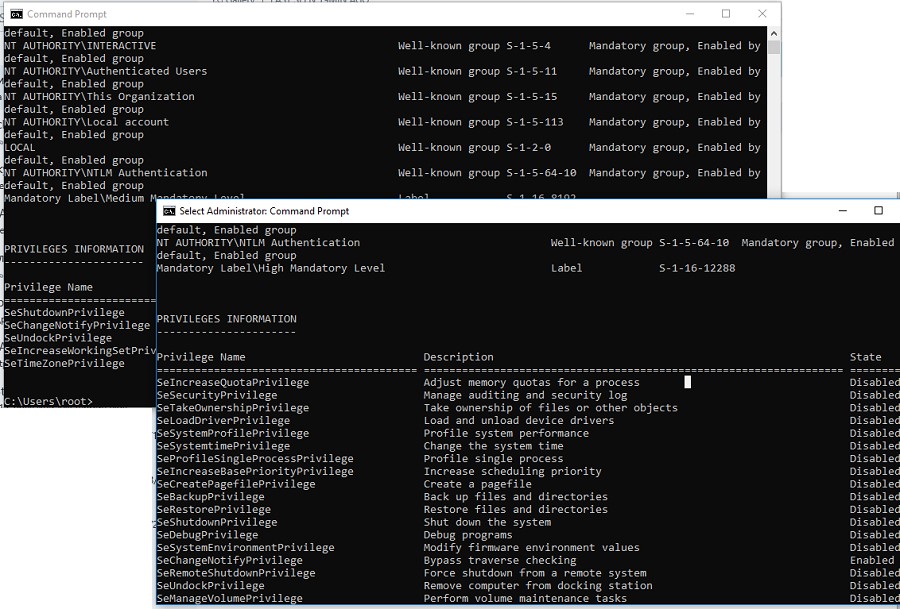

Screenshot below of users folder on file1 server. My file server is file1, the share is users and in the user’s folder is a folder for each user. Just to be clear you must have folders setup on a network share that matches the location and users logon name. The %UserName% is a variable that will match the user’s logon name. Here are the drive map settings for mapping a drive for an individual user I’m not going to repeat every step, I’m basically starting at Step 3 from the first example. I’ll be using Mark Foster as an example, the logon name is mfoster so I’ll need a folder setup on a network share called mfoster. You will want to modify the NTFS permissions so the individual user is the only one that has permissions to it. This example requires a folder to be setup on a network share that matches the user’s logon name. You can create a new GPO or add to your existing one, I have all my drive mappings in one GPO. This example will map a drive for individual users. This will give the users their own personal folder to save files. Example 2: Using Group Policy to Map a Drive for Individual Users If you don’t want to use an OU you can also target a group of users by using a Security group. Now, any user I put in the HR folder will get this mapped drive. Once logged I will go to file explorer and check for the mapped drive.

I’ve rebooted the computer, now I’ll log in with an account that is in the HR organizational unit. The next time a user from the HR department logs in they should see a mapped drive.
#MAPPED DRIVE NOT SHOWING PC#
This completes the GPO settings Step 3: Reboot Computers to Process GPOįor the GPO to run I will need to reboot the users PC or run gpupdate /force. Select Organization Unit then select the OU you want to targetĬlick OK, Click OK again to close the new drive properties Select “Run in logged on users’s security context
#MAPPED DRIVE NOT SHOWING WINDOWS#
Navigate to User Configuration -> Preferences -> Windows Settings -> Drive Mappingsģ. The new GPO is now created and linked, now it’s time to configure the settings. I can later add additional drive mappings to this GPO. You can name the new GPO whatever you like, I’ve named mine “Users – Mapped Drives I have all of my users separated into an OU called ADPRO Users, I’ll create and link the GPO there. TIP: This will be a user based GPO so make sure you link the GPO to a location that will target the users. In the Group Policy Management Console, Right Click and Select “Create a GPO in this domain, and Link it here” Open the Group Policy Management ConsoleĢ. This will map to a network share that only the HR department has access to. You could also use a Security Group to target a specific group of users. I’ll use item level targeting so it only maps this drive for users in the HR organizational unit. In this example, I’m going to map a network drive for the HR department.

Example 1: Map a Department Network Drive Using Group Policy

Now let’s move on to some examples of mapping drives with group policy. With item level targeting you can target groups, users, OUs, operating systems and so on.
#MAPPED DRIVE NOT SHOWING HOW TO#
In this guide, I’ll show you step by step instructions on how to map network drives with Group Policy.


 0 kommentar(er)
0 kommentar(er)
